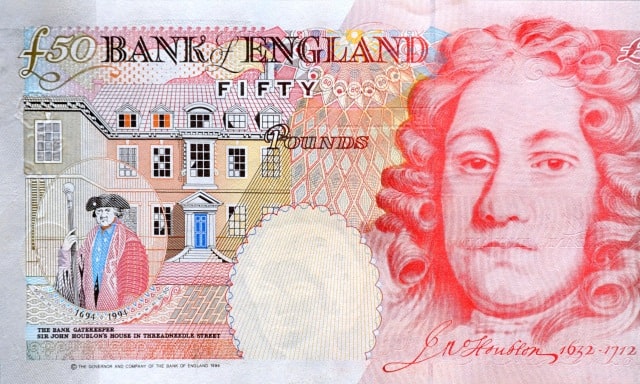
What’s in a name? Well when it comes to money, lots of things apparently. There is a vast array of currencies in use across the planet and if you are a frequent business traveller, crossing time zones and borders day after day, getting to grips with them all is no mean feat. But even within one country you can find different people using different nicknames for the same currency – and that’s where things can get really confusing. Taking a travel money card with you should help cancel out currency confusion, but just how daunting can foreign money be to the business traveller.
We should look close to home for starters, as for the UK to criticise others on this matter would be like throwing pound coins in glass houses. Our naming of money isn’t too confusing – pretty much everyone refers to pounds and pence, and the terms “fiver†and “tenner†don’t leave too much to the imagination. That said, cockney slang has produced some interesting variations – for example a Commodore is £15, because the Commodores sang “Three Times a Ladyâ€, and Lady Godiva is slang for a “fiver†(£5).
But it’s our variety of notes that can cause real confusion, even within our own population: While the Euro has the same generic notes for every member state, different British notes are produced in England, Northern Ireland and Scotland. But it doesn’t stop there – while the Bank of England is the sole English note producer, different Northern Irish and Scottish banks produce their own notes. Scotland, for example, has Bank of Scotland, Clydesdale Bank and Royal Bank of Scotland notes – each a little bit different from the other.
The Euro itself is fairly straightforward – on a continent-wide basis the only other name it is known by is the rather conservative “the single currencyâ€. But keep your ear out for different local names for the Euro. In Ireland – where there was previously a pounds and pence set up very similar to sterling – people will often refer to a Euro as a “quidâ€. The continental translations largely sound similar to the word Euro – Finland’s Ege perhaps being the most distant.
For the most colourful monetary vocabulary in the world, look no further than the United States of America. While most business meetings you encounter are likely to refer simply to dollars, keep your ears peeled on your travels for mentions of bucks, bills, beans, smackeroos, ducats, doubloons, greenbacks and dead presidents to name a few. The rather morbid sounding “dead presidents†term of course refers to the figures featured on the different bank notes, and the former leaders’ names are also occasionally used to describe the notes they are on – for example, someone asking for a Lincoln would want you to give them a $5 note.
Thankfully the vocabulary for the handy card that you can use to spend abroad is straightforward. Stick with a travel money card – better still a Caxton FX currency card – and you won’t go wrong.